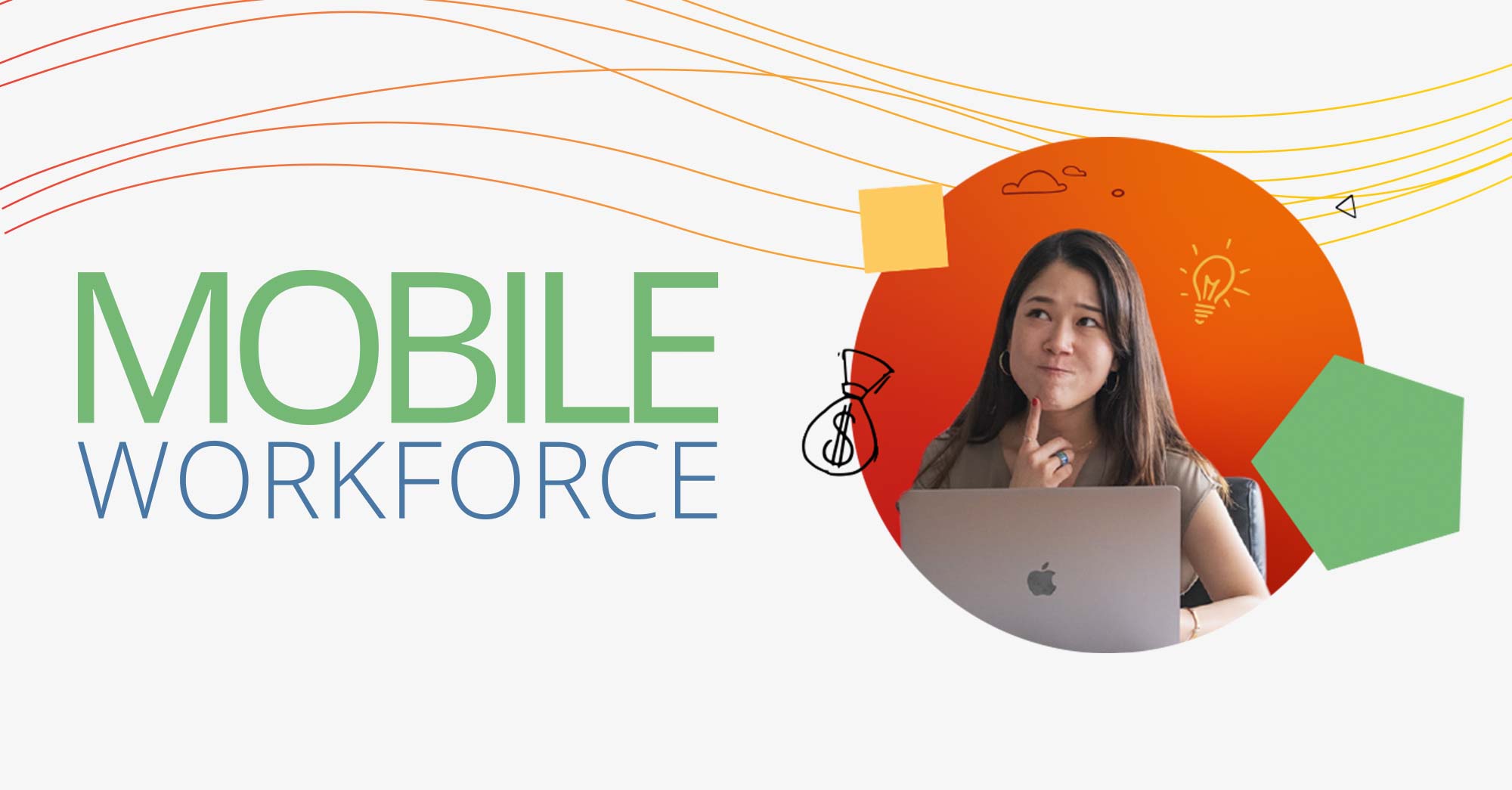For those who speak two or more languages, a recurring question is what language do you dream in?
Of course, there is no correct answer to this as everybody is an individual, but if you ask someone who is multi-lingual, you’ll find that in most cases throughout day-to-day life, the language of their childhood tends to be the one that is most prominent.
What are we getting at?
In an unprecedented age of global mobility, economic growth and major talent shortages in key emerging and growth markets, the reality is that some if not many of your staff might just dream in a different language. Keep this figure in mind, 70% of companies expect their mobile programs to increase in the next 5 years.
Designing a competitive and attractive compensation and benefits package has always been a challenge, but how do you do manage the complexities associated with doing all of this with a global workforce when the world is at your fingertips?
In an attempt to find an answer to this question, we sat down with Marlene Zobayan. As a partner of Rutlen Associates LLC, she has had a 360-degree involvement in designing global equity plans and specializes in mobile employee taxation, global compensation and benefits.
Q: You have over twenty years of international tax and benefits experience. Would you say that employee mobility is one of the largest changes that has occurred in our area?
It is certainly one of the most topical subjects during my career. Many of the underlying tax rules for mobility have been around for many years, but the focus on mobility compliance was not there.
There are two fundamental shifts that are playing into the increased attention on mobility compliance. Firstly, the world’s population is getting more mobile. In fact, a UN survey from 2017 found that the number of internationally mobile individuals is growing faster than the world’s population. Historically mobile employees were company-sponsored assignees with established career histories; now we are seeing a wider range of employees relocating during their careers, many for personal reasons.
Secondly, there has been a change in the tax profession where the focus has shifted from tax planning to tax compliance. Planning is still key, particularly in a mobility setting where a mistimed move can result in double taxation or years of compliance for a past location. In the last 10-15 years, many authorities have developed better guidance and started enforcing legislation regarding mobile employees which has also prompted corporate compliance.
Q: Has the mobile workforce made it harder to design ESPPs, or are the fundamentals of good plan designs regardless of where the employee lives still the same?
In my opinion, a fundamentally good plan design should help the issuing corporation meets its goals, whether those are to attract or retain employees or to motivate certain behaviours. This is challenging to do when you have employees across multiple cultures and even more challenging when employees then move across locations and by extension across cultures.
However, the higher risk with mobile employees is the potential to disincentivize them by allowing situations where the total taxes due are high or the individuals cannot get the benefit of a tax-favourable plan. That is why it is important to plan moves in advance and communicate effectively to individuals so they can understand the general tax implications of a move before making a final relocation decision.
In an ideal client situation, we educate the mobility department or line managers upfront so that they encourage employees to seek advice and do not relocate without understanding the implications. Often relocating before a grant date or delaying a move until after a vesting date is an easy way of being more tax efficient.
Q: What is the one key bit of advice that you would give to a company that is looking to future-proof its plans for a mobile workforce?
Having a corporate mobility policy is key. My clients have seen a significant rise in the number of employees who want to move for personal reasons and perhaps even work remotely from a location the company does not have a presence. Such moves often have multiple implications including corporate tax, immigration law, labour law, securities law, business licensing as well as tax. Often companies are reactive to such requests. Having a policy that outlines which types of employees are allowed to relocate, the permissions and signoffs that are needed and what assistance the employees will receive (if any) go a long way towards being able to address each situation on its own merits, make an objective determination and (hopefully) a successful relocation.
Global Shares software solutions make it easy for companies to manage their employee mobility, tax, reporting and global compliance, customized for companies’ specific plans and the countries in which their employees are based. We make the complicated uncomplicated. Perhaps even more importantly, we do it all in your employee’s native language.
Request a free demo
If you’d like to see for yourself how the Global Shares stock plan administration software can help your company, book a one-on-one, no-obligation consultation today and we’ll demonstrate our award-winning software.
This publication contains general information only and J.P. Morgan Workplace Solutions is not, through this article, issuing any advice, be it legal, financial, tax-related, business-related, professional or other. J.P. Morgan Workplace Solutions’ Insights is not a substitute for professional advice and should not be used as such. J.P. Morgan Workplace Solutions does not assume any liability for reliance on the information provided herein.


![Share Plan Administration Software [+Free eBook]](https://www.globalshares.com/wp-content/uploads/2023/10/stock-plan-administration-software-e1650619914403-17.jpg)
